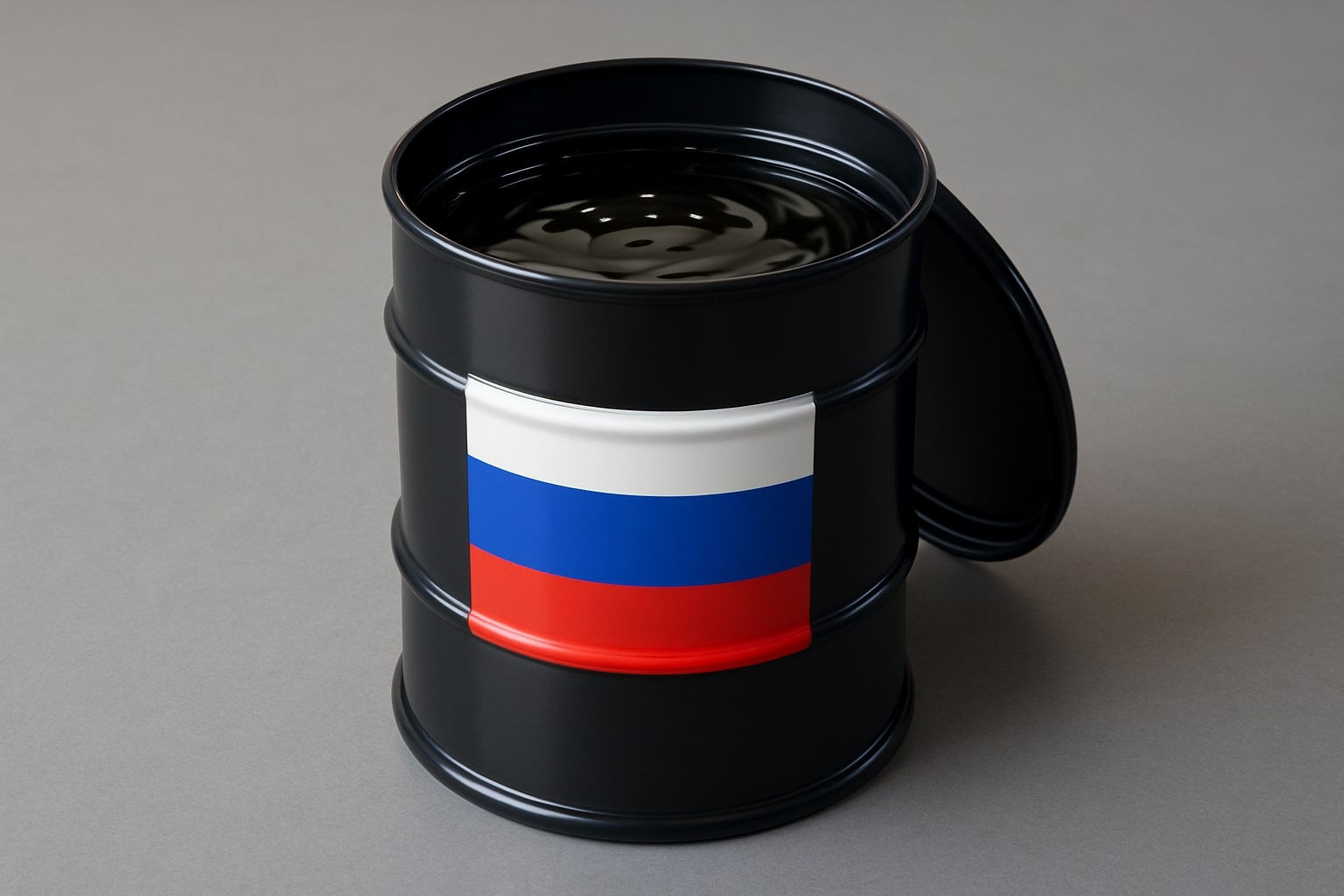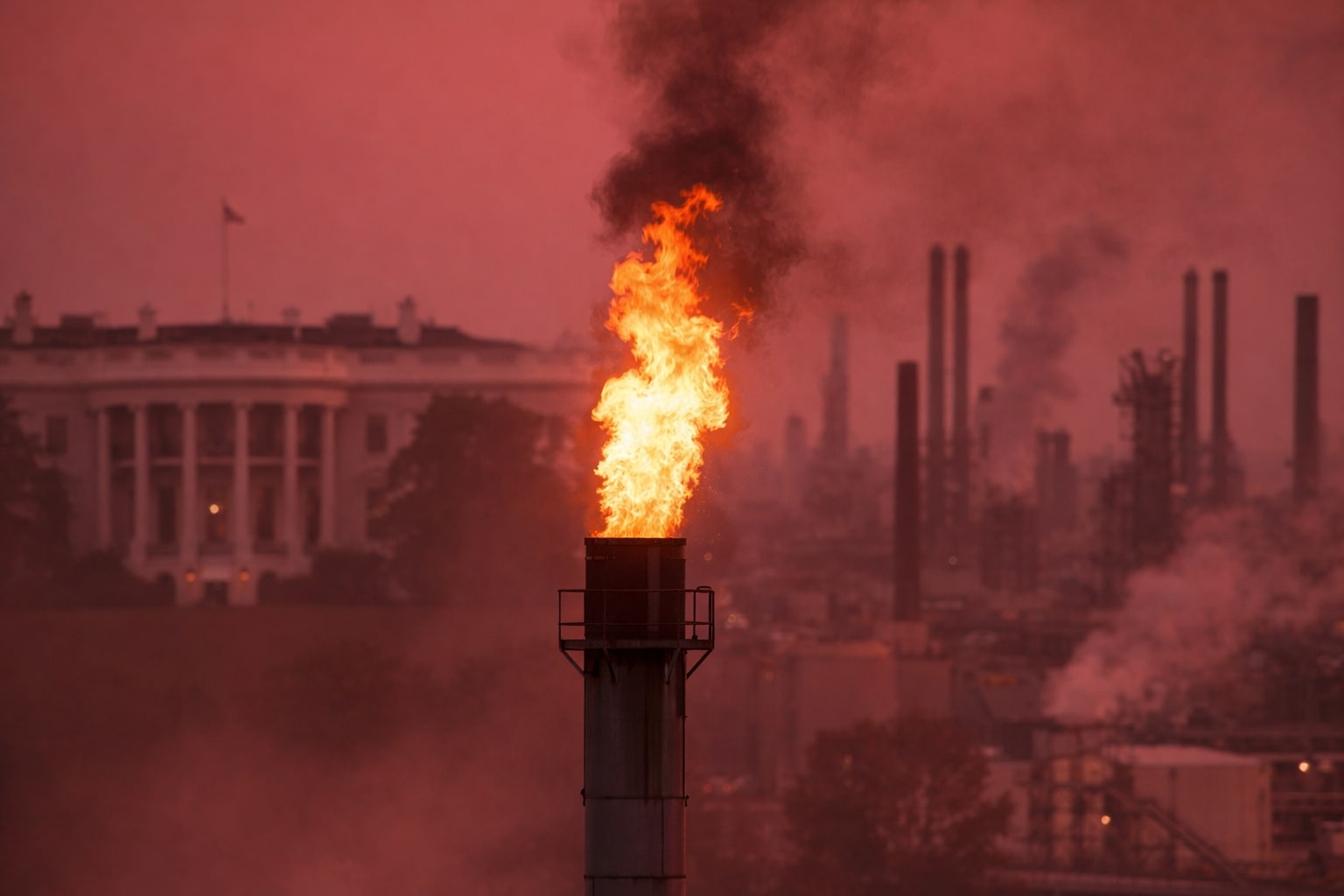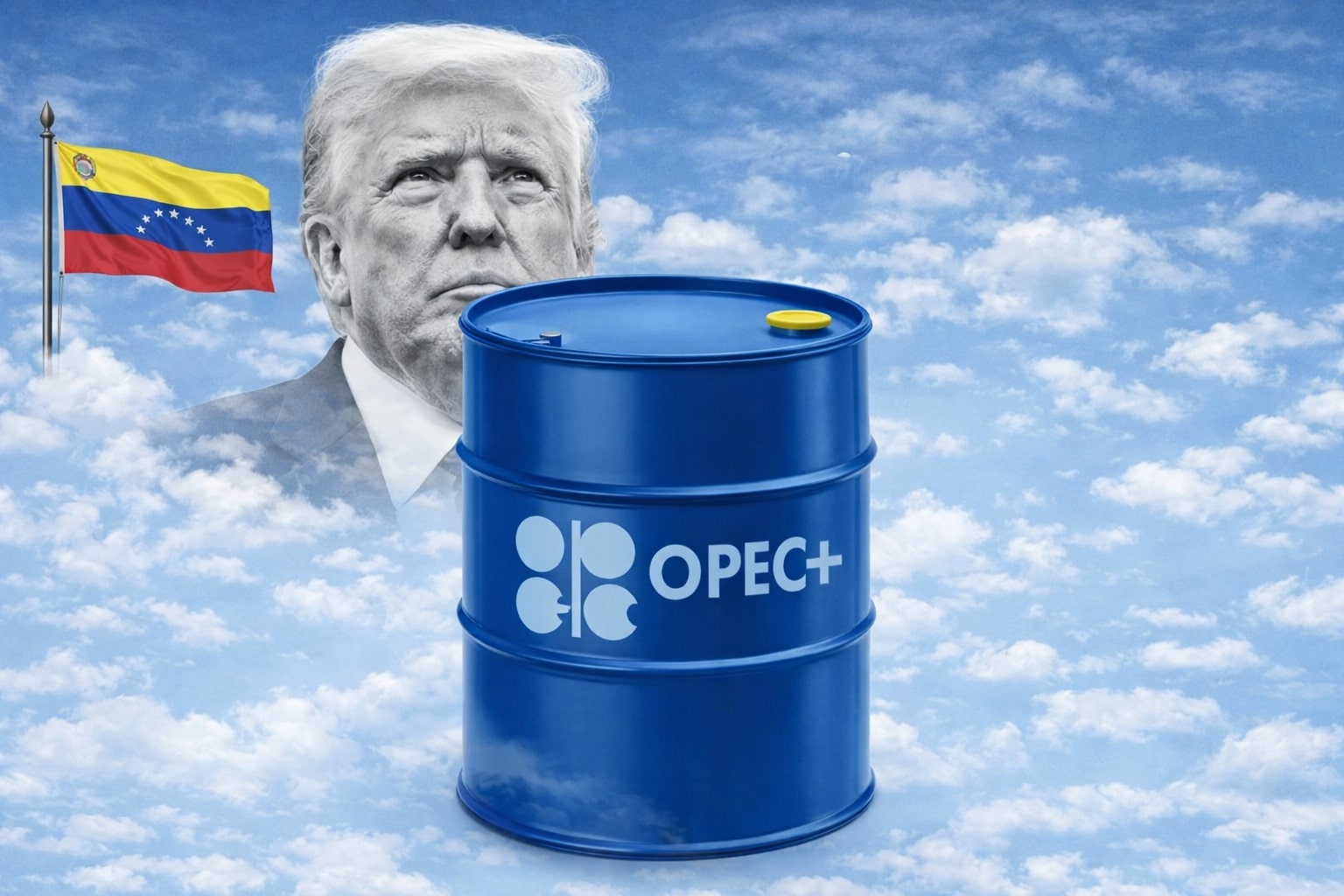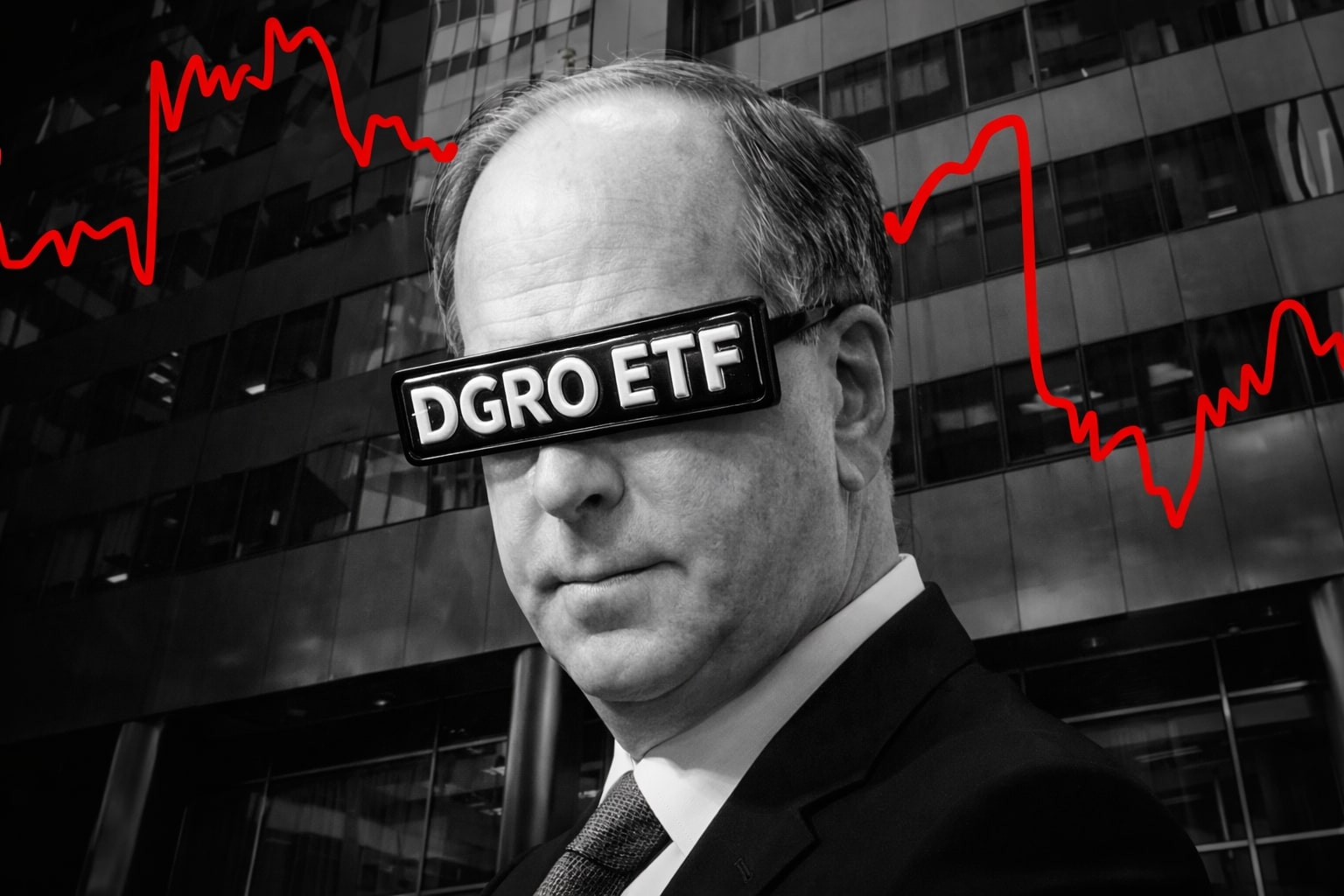WTI Crude CL=F Price Action And Immediate Drivers
WTI crude futures eased to $64.04 per barrel, down 0.48 percent from yesterday’s close, reflecting a market caught between swelling supply and still-steady demand. Brent (BZ=F) mirrored the pullback at $66.61, down 0.42 percent, while Murban held near $69.39. Louisiana Light plunged sharply on quality concerns to $69.31 (-4.54 percent) and Bonny Light slid 2.84 percent to $78.62. The EIA’s surprise 7.7 million-barrel build in U.S. crude inventories added to bearish pressure, reversing recent draws that had underpinned prices.
Russian Production Increase And OPEC+ Quota Shifts
Moscow’s pledge to ramp output further compounds an already bloated global supply. Russia’s announcement follows OPEC+ agreements to boost September output by 547,000 bpd, leaving the final tranche of 1.66 million bpd cuts intact until late 2026. Kuwait’s Oil Minister Tareq Al-Roumi sees prices capped below $72 as markets absorb this added volume. Saudi Aramco’s CEO Amin Nasser remains more upbeat, forecasting H2 demand growth of 2 million bpd over H1, but even that bullish view must contend with record U.S. production near 13 million bpd.
Asian Buying Patterns And Saudi OSP Strategy
Robust Asian refining margins buoyed Saudi Arabia’s decision to lift its September Arab Light OSP to $3.20 above Oman/Dubai, a full dollar increase on August and the highest since March. The second straight monthly hike underscores Asian buyers’ willingness to pay up even as Russian crude faces escalating Western tariffs. India’s state refiners have paused further Russian purchases pending the U.S. imposition of a 50 percent tariff, heightening uncertainty over future flows and positioning Middle Eastern grades to fill any gap.
Geopolitical Risks And Trade Tensions
President Trump’s executive order doubling tariffs on Indian imports to punish its ongoing purchase of Russian oil—effective August 27—threatens to redraw trade routes. Secondary sanctions remain on the table for any nation continuing to fuel Moscow’s war machine, potentially squeezing Russian export revenues but also spooking traders about supply chain disruptions. Meanwhile, Libyan refinery outages continue to divert barrels away from domestic demand, redirecting volumes into the export market and further muddying the global balance.
Technical Landscape: Support At $63, Resistance At $66
From a chart perspective, WTI has found interim support near $63, the 100-hour moving average, with next floor at $61. On the upside, sustained trading above yesterday’s high of $65.20 is needed to challenge the $66 barrier and the 20-day EMA. Momentum oscillators sit firmly in neutral territory, with the RSI languishing around 50, reflecting indecision. A clear break below the $63 pivot would open the path toward $60, while a convincing rally through $66 could reclaim $70.
Market Sentiment And Positioning
Data from CFTC reports show money managers have ramped net long positions in crude to their highest since June, yet open interest in Brent futures has stagnated, suggesting a crowded trade. Refiners’ gasoline crack spreads remain healthy at $2.08 per gallon, supporting light sweet values even as distillate cracks have softened. Traders eye next week’s API data and OPEC’s monthly report for directional catalysts.
Strategic Outlook And Position Recommendation
Faced with elevated inventories, an imminent supply surge, and heightened trade tensions, the risk-reward for fresh long exposure appears unfavorable. Existing long positions should be trimmed on rallies above $65.50, shifting to a hold stance until the market delivers a clear technical breakout or a definitive supply-side disruption. For tactical traders, short exposure risks increase below $63, targeting the $60 zone, while any breach of $66 would warrant tight stops and a reassessment of bullish potential.




















